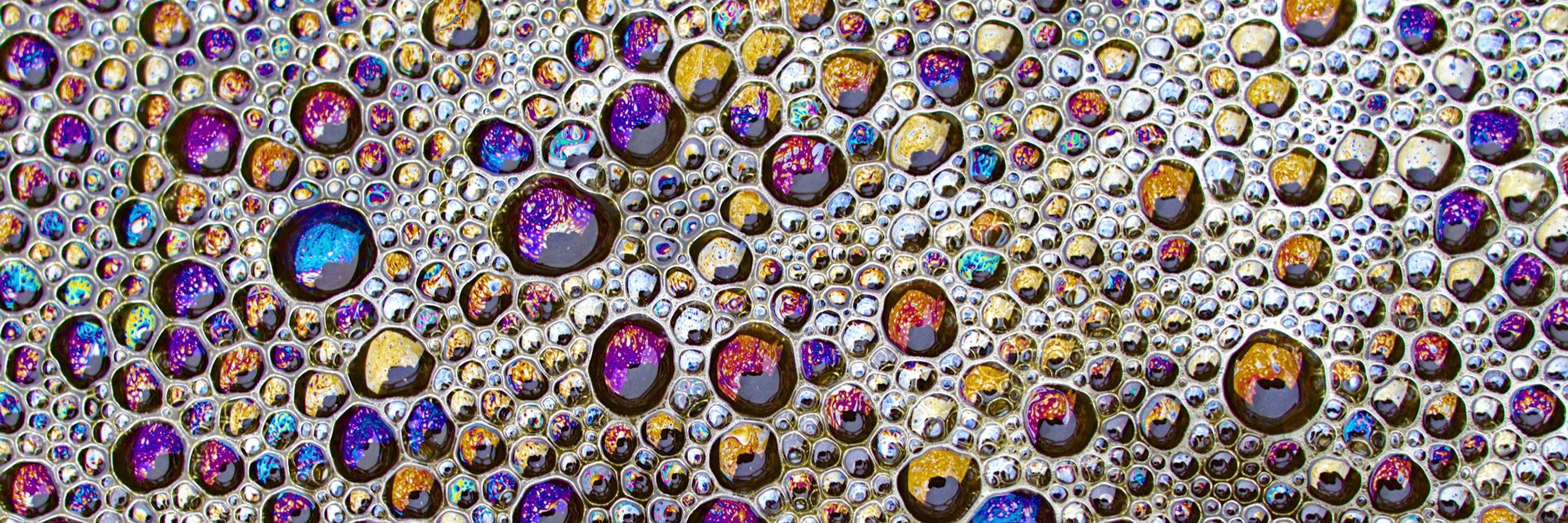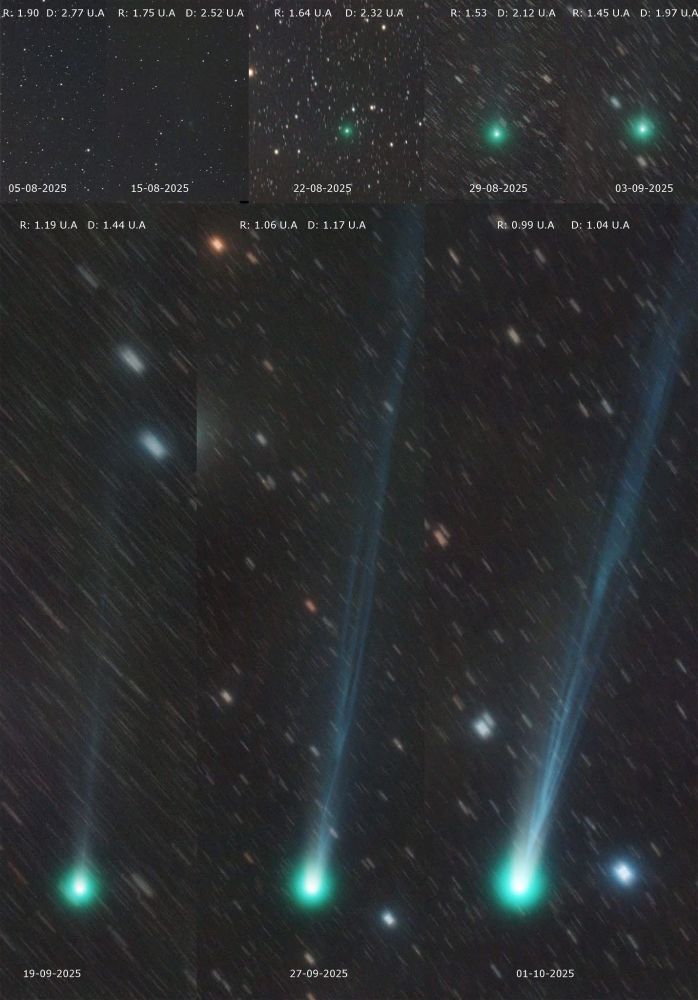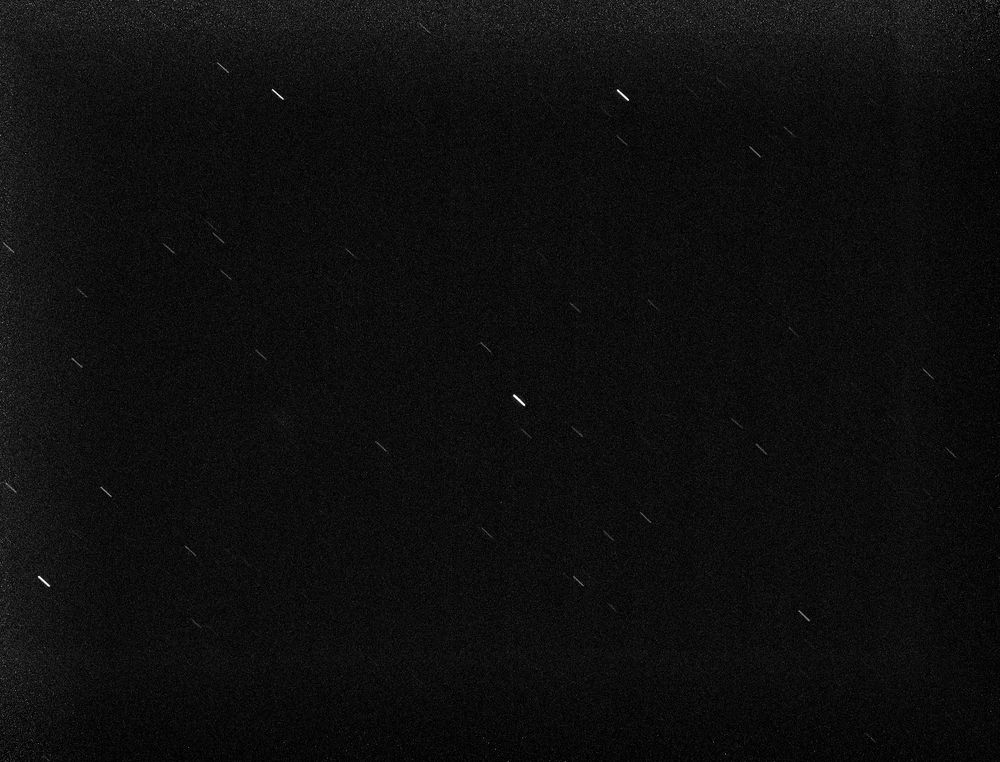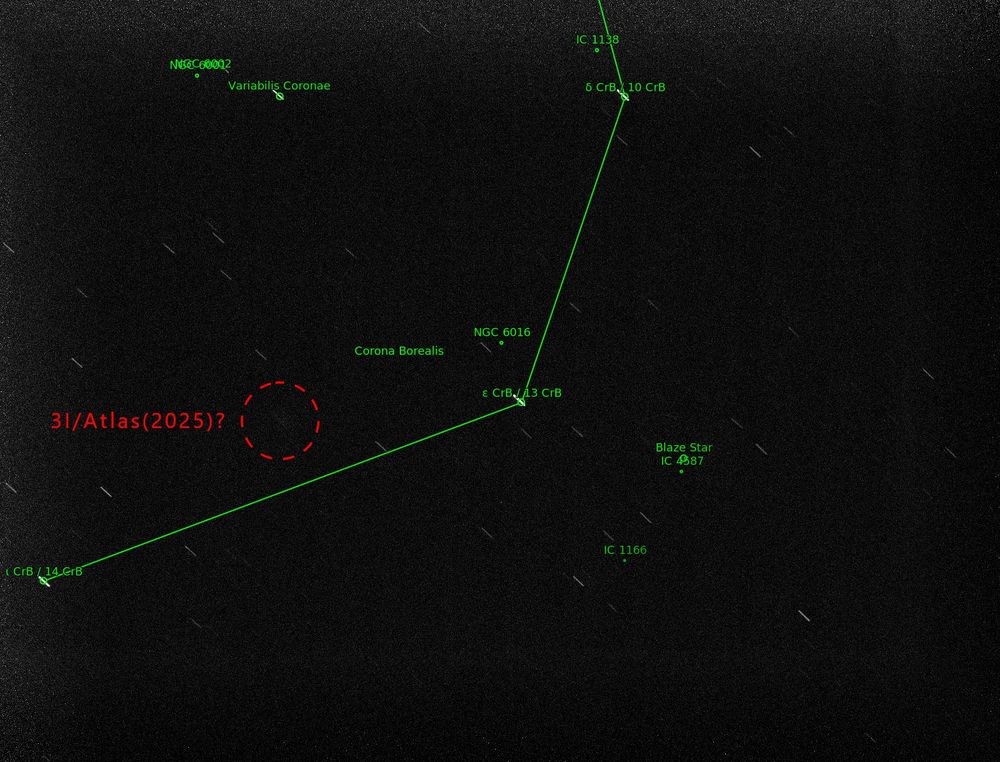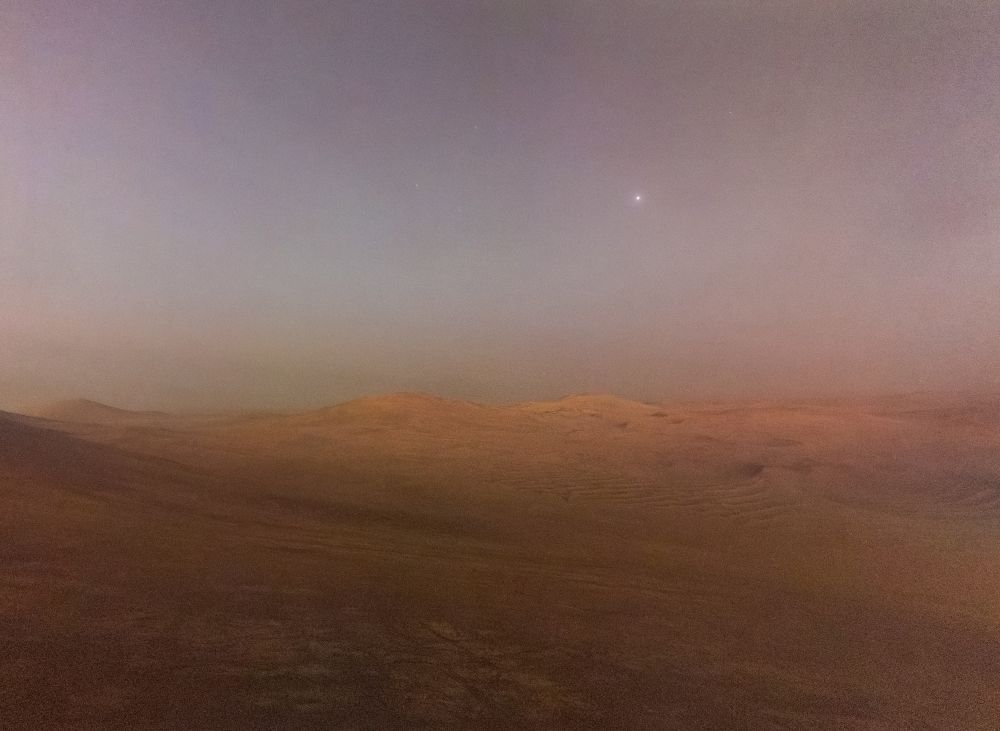Daniel Machacek
@danielmachacek.bsky.social
1.5K followers
170 following
99 posts
Space nerd, Image processor,
Lazy photographer,
Humanist
Posts
Media
Videos
Starter Packs
Reposted by Daniel Machacek
Reposted by Daniel Machacek
Reposted by Daniel Machacek
Reposted by Daniel Machacek
Reposted by Daniel Machacek
Reposted by Daniel Machacek
Reposted by Daniel Machacek
Reposted by Daniel Machacek
Reposted by Daniel Machacek
Reposted by Daniel Machacek
Reposted by Daniel Machacek
Reposted by Daniel Machacek
Reposted by Daniel Machacek
Reposted by Daniel Machacek
Reposted by Daniel Machacek
Reposted by Daniel Machacek
Reposted by Daniel Machacek
Reposted by Daniel Machacek
Reposted by Daniel Machacek
Reposted by Daniel Machacek
Reposted by Daniel Machacek
Reposted by Daniel Machacek
Reposted by Daniel Machacek
